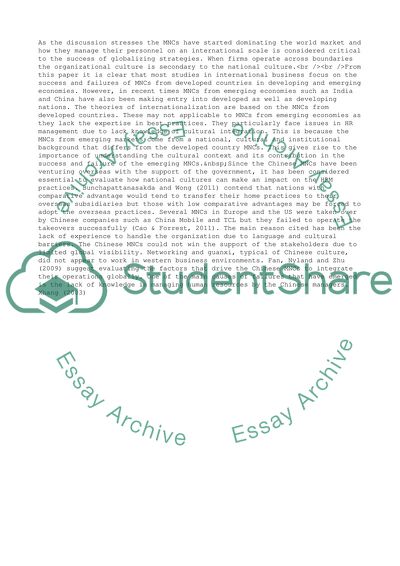Cite this document
(“International Business Strategy in HR of the Chinese MNCs Dissertation”, n.d.)
Retrieved from https://studentshare.org/business/1398770-international-business-strategy-in-hr-of-the-chinese-mncs
Retrieved from https://studentshare.org/business/1398770-international-business-strategy-in-hr-of-the-chinese-mncs
(International Business Strategy in HR of the Chinese MNCs Dissertation)
https://studentshare.org/business/1398770-international-business-strategy-in-hr-of-the-chinese-mncs.
https://studentshare.org/business/1398770-international-business-strategy-in-hr-of-the-chinese-mncs.
“International Business Strategy in HR of the Chinese MNCs Dissertation”, n.d. https://studentshare.org/business/1398770-international-business-strategy-in-hr-of-the-chinese-mncs.


